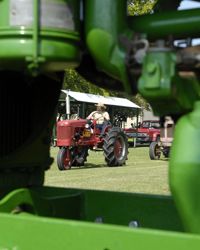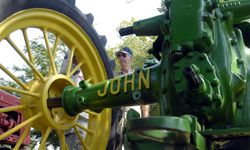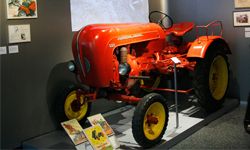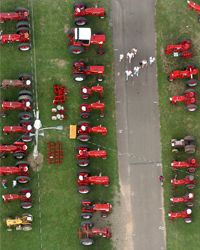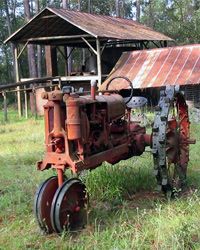What makes an antique tractor awesome?
Similar to vintage cars or wines, an antique tractor's awesomeness comes from its historical importance and its rarity. An alternative-fuel prototype tractor from the 1950s, for example, is going to be more interesting to the enthusiast and collector than a run-of-the-mill, mass-produced farm tractor that can be seen on nearly every farm across the country.
Advertisement
Of course, personal taste factors into any awesome scale, antique tractors included. There are those who vow, "I bleed John Deere green," and then there are the International Harvester aficionados who insist, "If it ain't red, leave it in the shed."
With that in mind, these five antique tractors are presented in no particular order, but if you like tractors at all, there's probably at least one or two listed here that you'll find to your liking.

